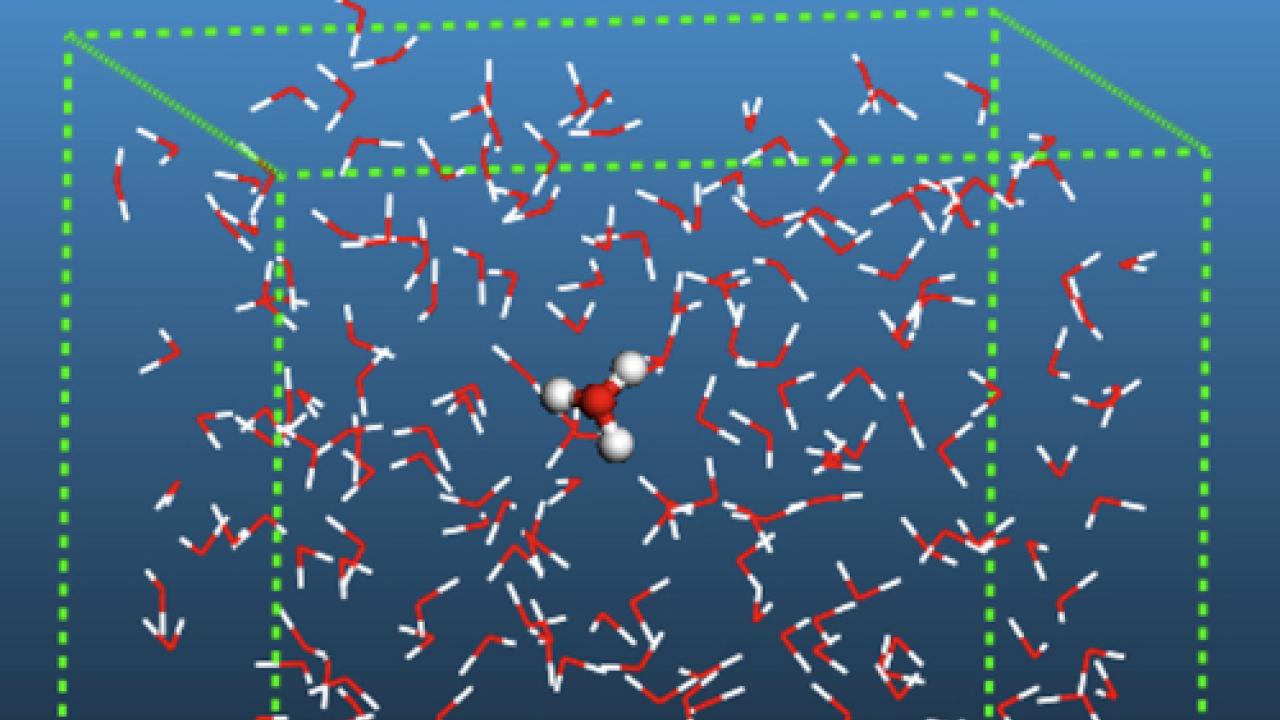
When it comes to predicting the motions and states of atoms under any number of conditions, researchers have a veritable toolbox of computational methods to choose from. From the classic Density Functional Theory to integrated programming, these methods allow researchers to calculate, explain and predict the behaviors of matter in its various phases.
Knowledge of these methods is crucial for condensed matter physicists. For three weeks in September 2015, ICTP hosted a School in Computational Condensed Matter Physics that introduced some 117 young physicists from 41 countries to a number of computational methods through a mixture of pedagogical and hands-on sessions. ICTP's Condensed Matter and Statistical Physics (CMSP) section organized the school with the help of scientists from the Max Planck Institute, ETH Zurich and Boston University.
According to CMSP physicist Antonello Scardicchio, one of the school's organizers, computational physics is one of CMSP's strengths. Indeed, the section boasts a historic track record of success dating back to the 1980s, when Michele Parrinello and Roberto Car worked here and at other Trieste science institutes to develop the revolutionary Car-Parrinello molecular dynamics simulation method for condensed matter.
The School added a modern touch to the topic by including sessions on programming languages like Python and Mathematica that now are used frequently by physicists to test and visualize their theories. "With these programmes, you can prototype numerical algorithms, and get a quick answer to support theoretical calculations," explains Scardicchio.
School co-organizer and CMSP physicist Sebastiano Pilati says that a school on computational physics is particularly timely given the recent, important advances in the field. "We have new techniques, new numerical algorithms, and also importantly we have new kinds of computer architectures," he explains. The fact that the school also addressed modern programming languages helped it to bridge a knowledge gap. "Nowadays, it is clear that some physicists must have programming skills; programming courses are not in the standard curriculum, especially advanced programing courses. There is a lack of knowledge and that's the gap that we wanted to cover with this school," he adds.
Another strength of the school was the broad range of fields and interests represented by its speakers and attendees, offering not only a multitude of methods for attendees to sample but also encouraging cross-development. Explains co-organizer and CMSP physicist Nicola Seriani, "We are often studying different aspects of systems which are common, so even though we may be using different techniques, sometimes the underlying algorithms and methods are either similar or could profit from one another. So for this reason we thought it would be useful to have one big school covering a broad range of topics and techniques."
"The increased role of computational physics in the last 20 to 30 years has led to a lot of advances in theoretical methods that allow you to model different types of complex systems," adds CMSP physicist Ali Hassanali, another school co-organizer. "The idea was to give the students a flavour of all these different methods out there."
School participant Sergio Hernandez Cuenca appreciated this multi-topic aspect of the school. "It allowed me to get a grasp of many different areas that I could focus on in the future. Every day there was a different professor in a different field, which made the school quite interesting," says Hernandez Cuenca, who is a bachelor's student at Imperial College London. He adds, "I would encourage anyone to come here if they like physics."
Participant Geet Ghanshyam Rakala, a PhD student at the Tata Institute of Fundamental Research, believes the exposure to many different computational methods at the school will improve his own research. "I work in a field where you need to develop algorithms to probe systems. Through this school I got to know more and new ways in which I can think about the problems and apply the methods which already exist so that I don't re-invent the wheel," he says.
The school organizers also had ICTP's developing world-focussed mission in mind when they planned the event. "ICTP was the perfect venue for this school, as some of the modern approaches to computational physics covered in the school are particularly suited for developing countries," explains Scardicchio, adding, "You don't need a supercomputer, you don't need a cluster of computers, you don't need big resources; you only need to learn how to use your laptop and the programming languages that are open source and can be used by anybody."
















